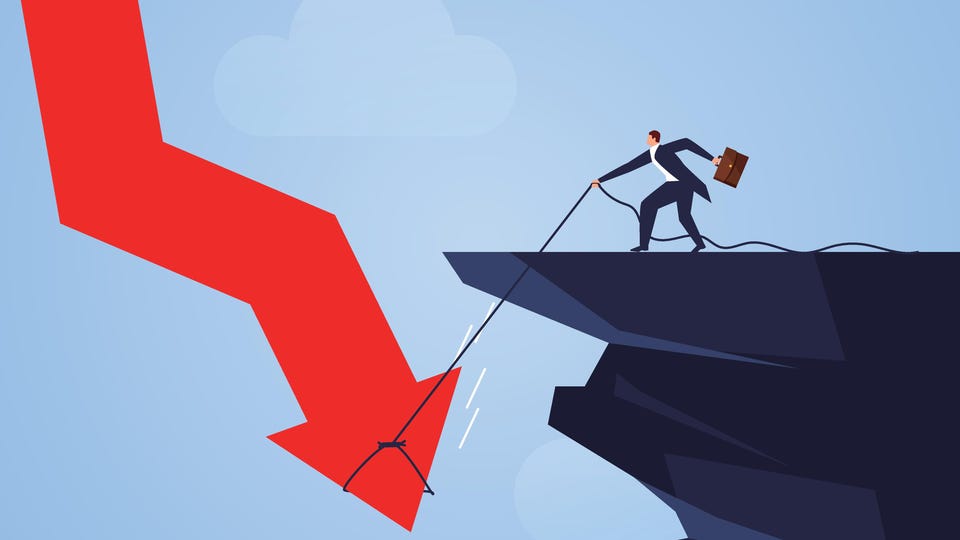Teens Should Care about Upcoming Recession

by Alexis Booker ‘23
Covid-19 destabilized the world economy, and unfortunately, many people in the United States suffered from unemployment and little job availability throughout the pandemic. Though the U.S. has been on track for recovery in the last two years following its crash, it is more than likely it will plummet back into a recession sometime in 2023. The intensity and length of the recession, however, are up for debate. Regardless, teenagers beginning to enter the workforce as they blossom into early adulthood will more than likely have difficulty in future career endeavors.
Navigating a complex economy in an even more upsetting state can be confusing, especially for teenagers who have had little to no experience working. Primarily, teens need to be familiar with a lot of factors that are currently changing. Inflation is relatively self explanatory, with it being the inflating (or increase) in the cost of goods and services that people use every day. Wage growth is an adjusted income in response to inflation of the economy, to compensate for rising costs. Interest rates are an amount charged to a borrower by a lender over a course of time, an example includes student loans with the majority of people paying for a college education by taking out loans to afford it. Over time, these individuals pay their loans back to their lenders in smaller amounts until they’ve repaid the full (or sometimes greater) amount. Employment rate is the percentage of people employed in a job or career at a given time.
A recession can occur for a variety of reasons, including the imbalance of supply and demand, high interest rates, poor or irresponsible loan practices, world events, or a combination of those factors. The 2020 recession can be directly attributed to Covid-19, with the effects continuing to linger. The pandemic combined with the war in Ukraine has led to global inflation that will persist. Though it is being combated to be less intense, it will still leave an impression on the U.S. economy. Interest rates will continue to remain high for the next few years as the Federal Reserve (the central bank of the U.S.) tries to match rates with the state of the economy. While the chairman of the Federal Reserve, Jerome Powell, has stated that inflation is a top priority and they will continue to adjust restrictions in response to the changing economy, as of now the cost of borrowing money will remain high.
The U.S. will possibly have nearly zero growth in its Gross Domestic Product (GDP) and a spike may not occur until 2024. However, peak inflation is expected to occur in the next business quarter and will plateau down to 2.9 percent at the end of 2023 with a further drop to 1.9 percent not long after. The overall intensity of the recession is reliant on the disparity between growth and wages along with employment. Wage growth grew 5.2 percent in October compared to a predicted 3.5 percent which, while promising, should consistently match the increase of inflation to foster a healthy economy. The U.S. job market is expected to maintain resiliency which would also weaken the overall effects of the recession. However, with this, the disparities between more stable countries, such as the U.S., and less developed countries will increase as a result of global recession effects.
As high schoolers begin their first jobs or go off to college, they will be thrown into an uncertain economy that they know little about. Not only will they be affected, but their family and friends will also face struggles.